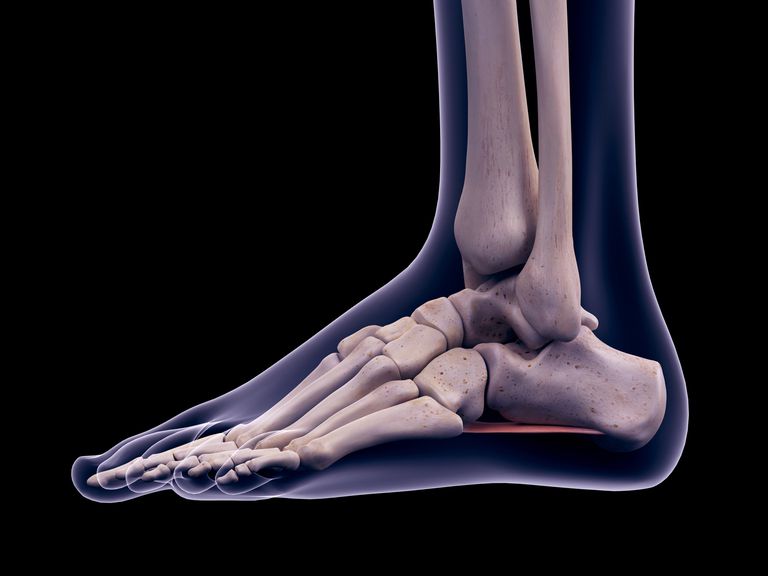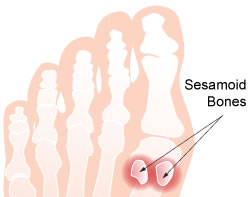Bones of the foot
/boʊnz/ /ʌv/ /ðʌ/ /fʊt/
1. [noun] the 26 bones of the foot consist of eight distinct types, including the tarsals, metatarsals, phalanges, cuneiforms, talus, navicular, and cuboid bones. NOTE: Some terms include the 2 sesamoid bones which totals 28 bones. Healthline has a very informative 3D image of the bones of the foot. You can move your cursor over each bone for more information. See link below. HEALTHLINE: Bones of the foot anatomy map link This is well worth a look
Source: https://www.healthline.com/human-body-maps/bones-of-foot#1




Frequently Asked Questions
When observing a regular walk, how do the foot bones work together in motion?
The foot’s bones function as an integrated framework. The tarsals, metatarsals, and phalanges interact seamlessly, providing stability, shock absorption, and balance as you move. This coordination is essential in everyday activities like walking.
How do the smaller sesamoid bones contrast with the larger bones in the foot structure?
Unlike the longer metatarsals and robust tarsals, the sesamoid bones are small shapes embedded within tendons. Their presence emphasizes that even lesser-known foot components contribute to overall support and efficiency during daily movements.
Can Latin origins assist in remembering the importance of the term 'tarsal' in foot anatomy?
Yes, the term 'tarsal' derives from Latin 'tarsus,' which refers to the ankle region. This Latin origin helps highlight its critical role in linking the leg with the foot’s intricate structure of metatarsals and phalanges.